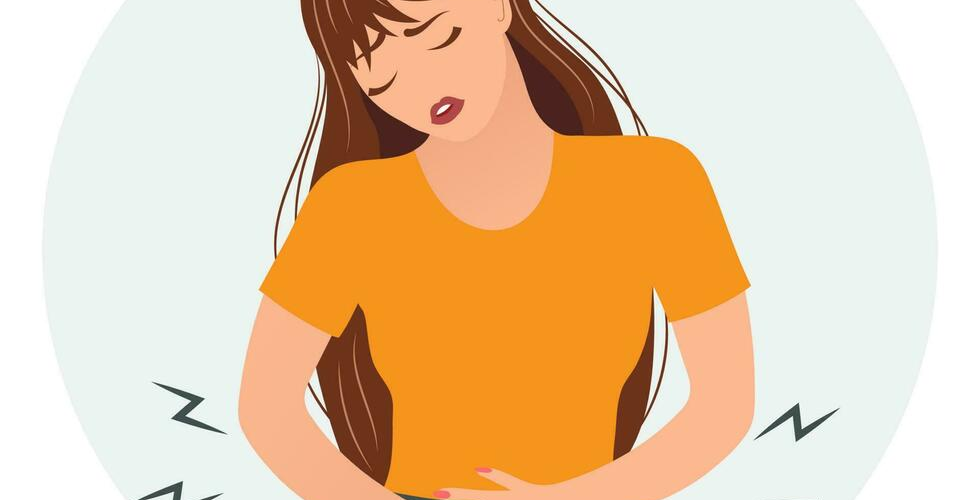
Overcoming PCOS and Infertility
Overcoming PCOS and Infertility: My Journey to Motherhood
Hi, I’m Lisa. I want to share my story with you because I know how isolating it can feel when you’re dealing with infertility, especially when Polycystic Ovary Syndrome (PCOS) is part of the equation. If you’re here, you might be searching for answers, hope, or just someone who understands what you’re going through. That was me a few years ago. Here’s how I faced PCOS, navigated infertility, and finally found a path to becoming a mom.

The Unexpected Diagnosis
When I was in my early twenties, my periods were always irregular. Sometimes I wouldn’t have one for months, and when it finally came, it was heavy and painful. I also struggled with acne and sudden weight gain, even though my diet hadn’t changed. A visit to my gynecologist led to an ultrasound and blood tests, which confirmed I had Polycystic Ovary Syndrome (PCOS).
My doctor explained it to me this way: “PCOS is a hormonal disorder that affects how your ovaries work. It can make it harder to ovulate and, as a result, to conceive.” She reassured me that while it might complicate things, it didn’t mean I couldn’t have children. At the time, I wasn’t ready to start a family, so I didn’t think much about it. That changed a few years later when my husband and I started trying to conceive.

Facing Infertility Head-On
After a year of trying to get pregnant with no success, I went back to my doctor. She referred me to a fertility specialist, who confirmed that my PCOS was a major factor in my infertility. I felt a mix of frustration and sadness, but also relief that we were finally getting answers. Here’s what we learned about managing PCOS and infertility:
1. Lifestyle Changes
The first step was focusing on my health. PCOS often makes it harder to lose weight, but even a small reduction can improve ovulation. I started working with a nutritionist and focusing on a low-carb, high-protein diet. I also began exercising regularly. “Lifestyle changes are powerful,” my specialist told me. “For many women with PCOS, this alone can restore ovulation.”
2. Medications
When lifestyle changes weren’t enough, my doctor prescribed metformin to help regulate my insulin levels and letrozole to stimulate ovulation. The medications came with side effects like nausea, but they made a difference.
3. Fertility Treatments
After a few cycles of letrozole without success, we decided to try intrauterine insemination (IUI). Unfortunately, that didn’t work either. Finally, we moved on to in vitro fertilization (IVF). “With PCOS, IVF often has a higher success rate because we can carefully control the process,” my fertility specialist explained. The IVF process was overwhelming, with daily injections, ultrasounds, and emotional ups and downs, but it gave us hope.

The Emotional Rollercoaster
One of the hardest parts of dealing with PCOS and infertility was the emotional toll. Every failed cycle felt like a personal failure. I joined a support group, and it was life-changing to connect with other women going through similar experiences. I also learned to be kinder to myself. PCOS is a medical condition—it’s not something I caused or could control.
The Happy Ending
After two rounds of IVF, we finally had success. I’ll never forget the day I got the call telling me I was pregnant. Nine months later, we welcomed our daughter, Emma, into the world. She’s the light of our lives, and every challenge we faced to bring her into the world was worth it.

What I Wish I Knew Earlier
- Advocate for Yourself: If something feels off with your body, don’t ignore it. Early diagnosis and treatment can make a big difference.
- Find the Right Team: Not all doctors understand PCOS and its impact on fertility. Don’t hesitate to seek out specialists.
- Take One Step at a Time: The journey can feel overwhelming, but focusing on the next step helped me stay grounded.
Final Thoughts
PCOS and infertility can be daunting, but they don’t have to define your future. Everyone’s path is different, and while mine led to IVF, yours might look completely different. Whether you’re just starting out or deep in your journey, know that you’re not alone. And remember—there’s always hope.





